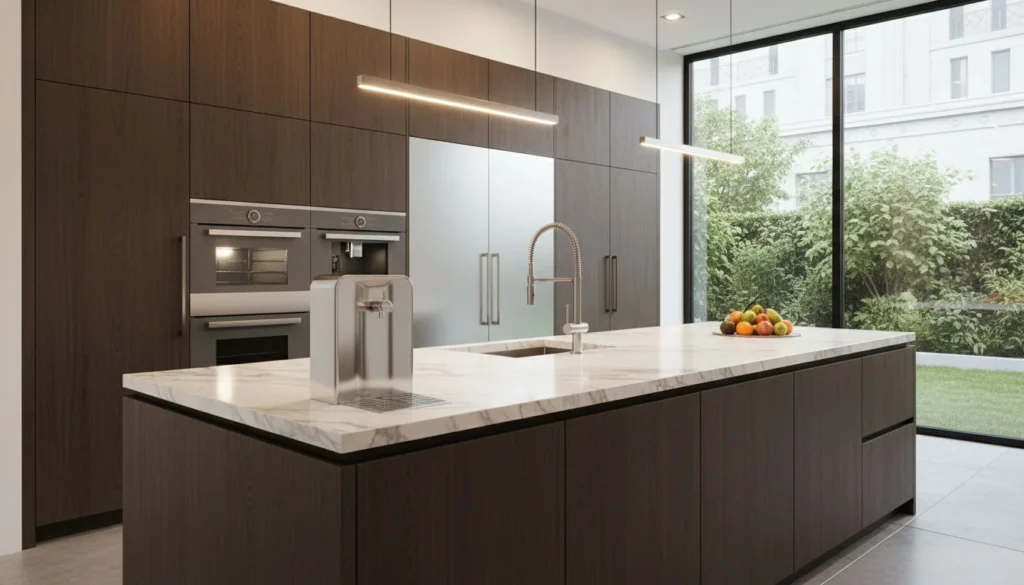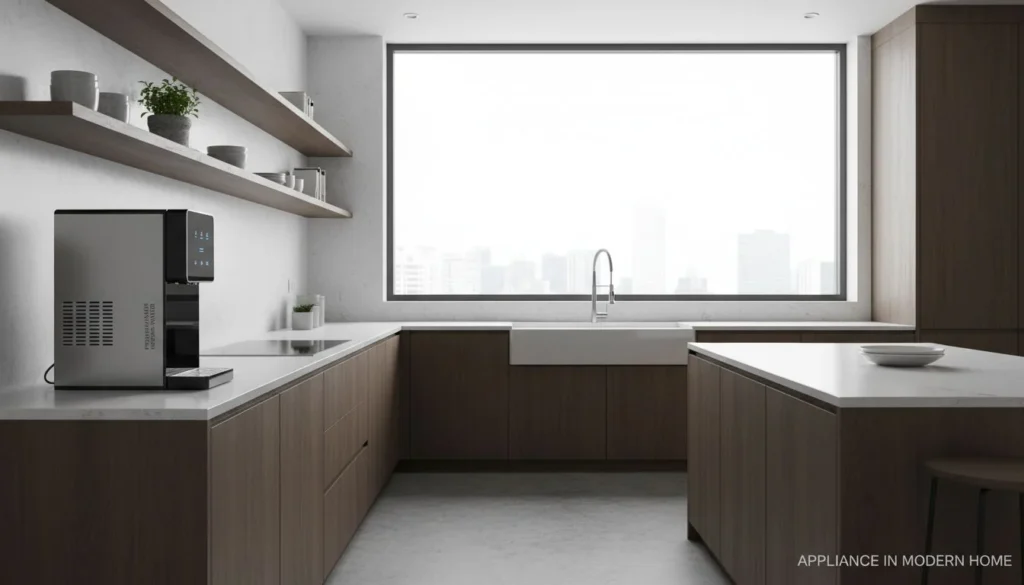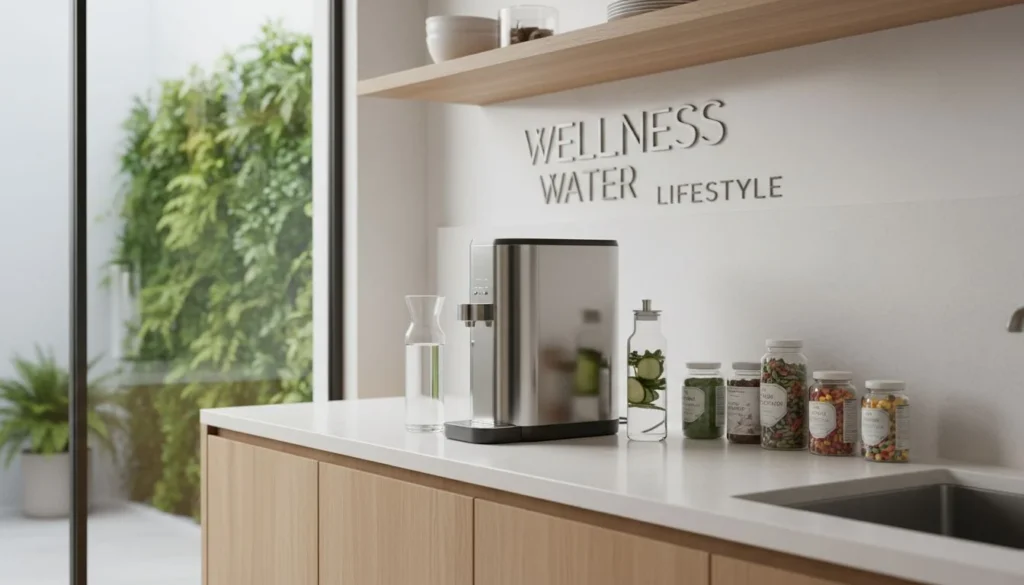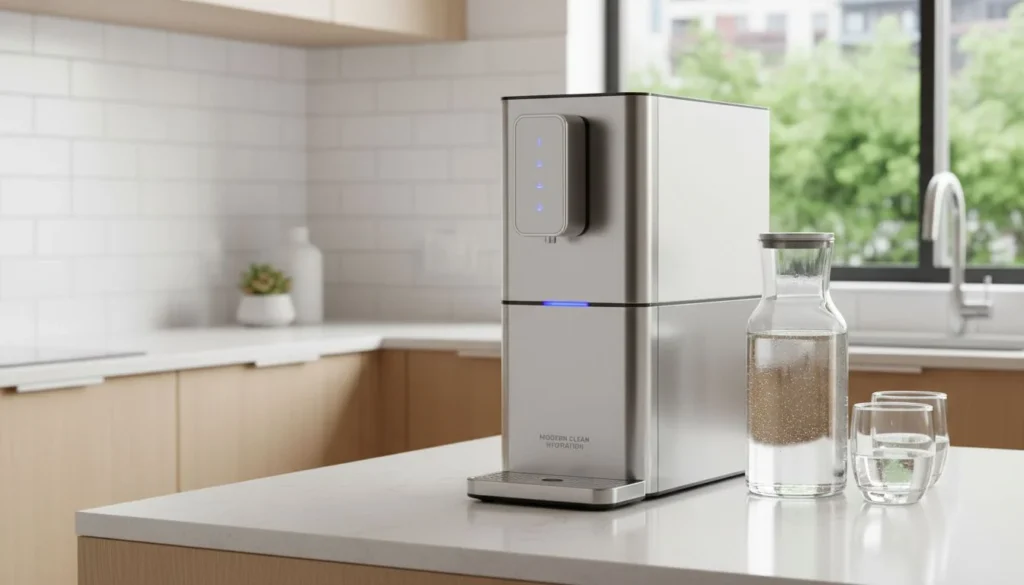Cooking brings joy, but lingering smells after a meal can be a real nuisance. Whether it's the scent of fried fish or strong spices, these odors can cling to your kitchen and spread throughout your home, making it feel less fresh. The good news? You don't have to live with them. This guide offers practical solutions, from simple DIY tricks to advanced air purification, to help you eliminate cooking smells and keep your home smelling clean and inviting. We'll explore why these odors stick around, their impact on your indoor air, and actionable steps you can take, highlighting how HisoAir air purifiers can be a key part of your strategy.
Understanding where cooking smells come from is the first step to tackling them. When you cook, various compounds are released into the air—volatile organic compounds (VOCs) from ingredients, particulate matter from frying, or sulfur compounds from certain vegetables. These airborne particles and gases are what cause those stubborn odors. While fresh cooking smells are pleasant, they can become stale and unpleasant as they settle on surfaces. Factors like the type of food, cooking method (frying often produces more odor), and kitchen ventilation all affect how intense and persistent these smells become. Grease and food particles on stovetops and countertops also contribute to the problem if not cleaned promptly. Knowing these sources helps us target them effectively with the right odor-elimination strategies.
Effective DIY Solutions for Cooking Odor Removal
Before delving into advanced solutions, it's crucial to master some simple yet highly effective DIY methods that can significantly reduce or even eliminate cooking odors. These approaches are often the first line of defense and can be easily integrated into your post-cooking routine.
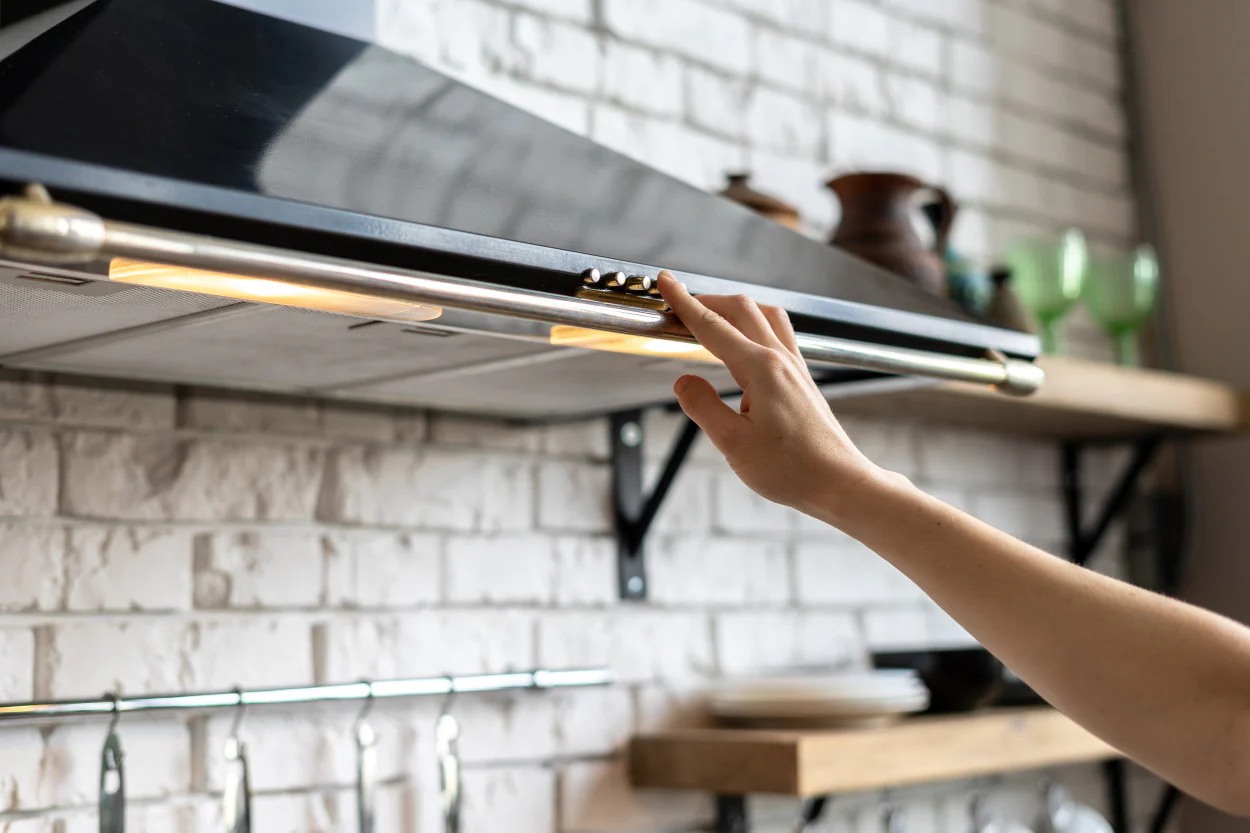
1. Ventilation: The First Line of Defense
Proper ventilation is arguably the most immediate and effective way to combat cooking smells. It works by physically removing odor-laden air from your kitchen and replacing it with fresh air. This method is particularly effective when used proactively, meaning you should start ventilating before, duringet after cooking, especially when preparing strong-smelling foods like fish, garlic, or fried dishes.
- Open Windows and Doors: This is the simplest form of ventilation. Create a cross-breeze by opening windows on opposite sides of your kitchen or house. This allows fresh air to flow in and stale, odorous air to flow out. While effective, this method might not be ideal in extreme weather conditions or in areas with high outdoor pollution.
- Utilize Your Range Hood: Your kitchen range hood is specifically designed to capture and vent cooking fumes, smoke, and odors directly outside. Ensure your range hood is turned on to its highest setting before you start cooking and keep it running for at least 15-20 minutes after you finish. Regularly clean your range hood filters, as grease and grime buildup can reduce their efficiency and even contribute to odors.
- Exhaust Fans: If you have an exhaust fan in your kitchen or an adjacent bathroom, turn it on to help draw out the odorous air. These fans are particularly useful for general air circulation and can complement the efforts of your range hood.
2. Odor Absorbers: Natural Neutralizers
Certain household items possess natural odor-absorbing properties, making them excellent tools for neutralizing lingering cooking smells. These methods work by trapping odor molecules rather than just masking them.
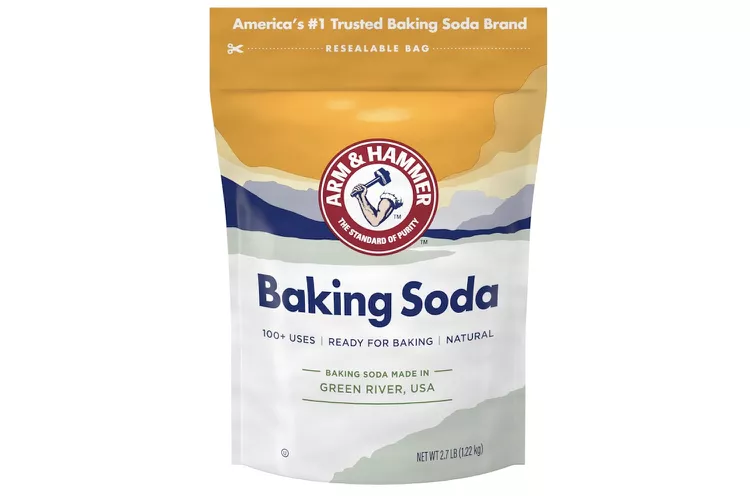
- Baking Soda: A true household hero, baking soda (sodium bicarbonate) is a powerful natural deodorizer. Its chemical structure allows it to absorb both acidic and alkaline odor molecules. To use, simply pour a generous amount of baking soda into shallow bowls and place them around your kitchen, especially near the cooking area, overnight. For stubborn odors, you can leave them out for 24-48 hours. You can also sprinkle baking soda on carpets or upholstery that might have absorbed smells, let it sit for 15-30 minutes, and then vacuum it up.
- White Vinegar: White vinegar is another effective odor neutralizer, particularly for strong, greasy smells. The acetic acid in vinegar reacts with and breaks down odor-causing compounds. You can place bowls of white vinegar around the kitchen, similar to baking soda. For a more active approach, you can simmer a pot of equal parts water and white vinegar on the stove for 10-15 minutes after cooking. The steam will help to neutralize airborne odors. Don't worry about the vinegar smell; it dissipates quickly as it dries, taking the cooking odors with it.
- Coffee Grounds: Beyond their invigorating aroma, coffee grounds are excellent at absorbing a wide range of odors due to their porous nature and nitrogen content. Place fresh or used (but dried) coffee grounds in shallow dishes around your kitchen. This method is particularly effective for strong food odors like fish or garlic. You can also place a small sachet of coffee grounds in your pantry or refrigerator to keep them smelling fresh.
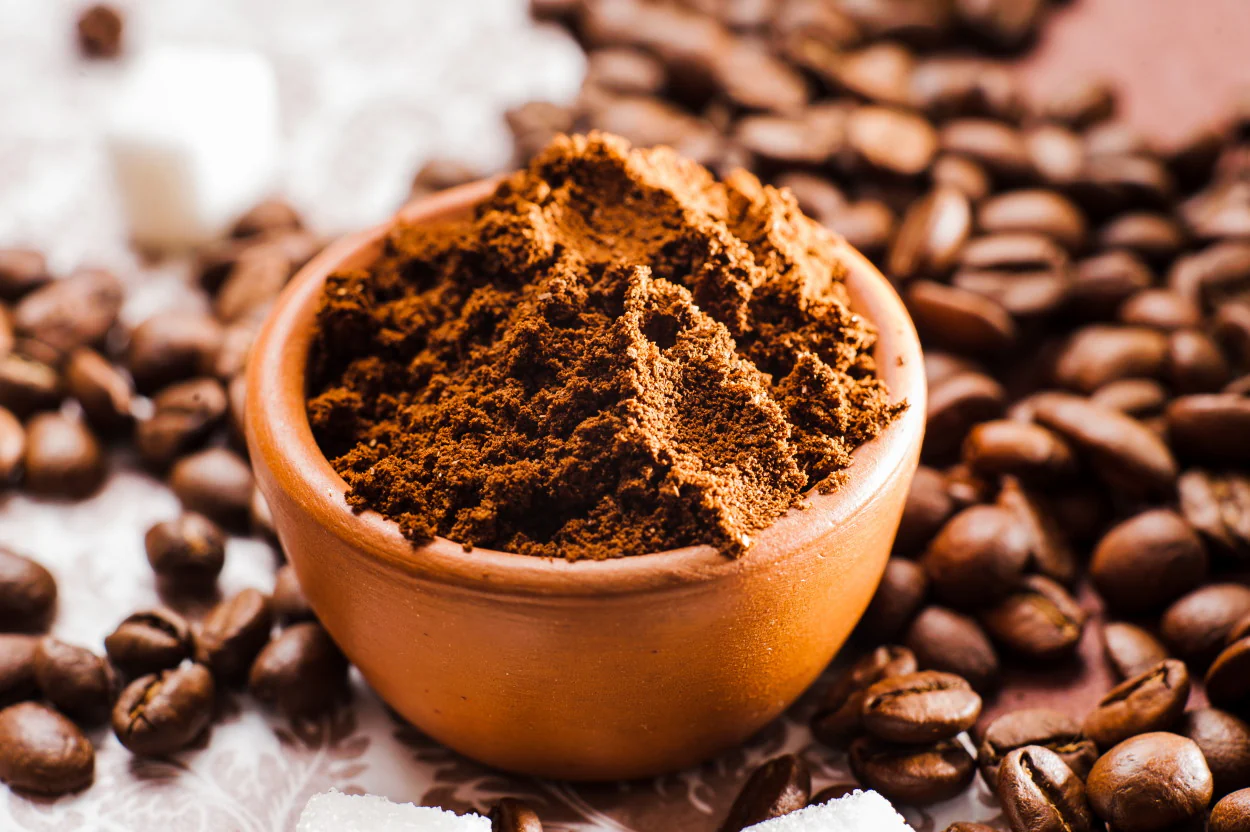
3. Stovetop Potpourri: Aromatic Refreshers
While not strictly odor removers, stovetop potpourri can effectively mask and replace unpleasant cooking smells with delightful natural fragrances. This method involves simmering aromatic ingredients in water, releasing pleasant scents into the air.
- Citrus Peels: Orange, lemon, lime, or grapefruit peels are excellent choices. Their natural oils release a fresh, clean scent when heated. Simply add a handful of peels to a pot of water and simmer on low heat.
- Herbs and Spices: Cinnamon sticks, cloves, star anise, rosemary, or even a few drops of vanilla extract can create a warm and inviting aroma. Combine them with citrus peels for a more complex fragrance. For example, a mix of orange peels, cinnamon sticks, and cloves is perfect for a cozy kitchen ambiance.
- Apple Peels: Don't discard your apple peels! Simmering them in water can release a subtle, sweet scent that helps to freshen the air.
4. Immediate Cleanup: Preventing Odor Buildup
One of the most overlooked aspects of odor control is immediate and thorough cleanup. Preventing odors from settling in the first place is far easier than removing them once they've permeated your home.
- Wipe Down Surfaces: As soon as you finish cooking, wipe down all kitchen surfaces, including countertops, stovetops, and backsplashes, with a degreasing cleaner. This removes grease and food particles that can trap and release odors over time.
- Wash Dishes Promptly: Don't let dirty dishes sit in the sink. Food residue on plates and cookware can quickly turn rancid and contribute to unpleasant smells. Wash them immediately or load them into the dishwasher.
- Empty Trash Cans: Food scraps in your trash can are a prime source of odors. Empty your kitchen trash can regularly, especially after cooking strong-smelling foods. Consider using a trash can with a lid and lining it with a baking soda-infused trash bag for extra odor control.
- Clean Your Sink and Garbage Disposal: Food particles can get trapped in your sink drain and garbage disposal, leading to foul odors. Flush your drain with hot water and dish soap. For the garbage disposal, grind up citrus peels (lemon, orange) or a mixture of ice and white vinegar to clean and deodorize it.

By consistently applying these DIY methods, you can significantly reduce the presence of cooking odors in your kitchen and maintain a fresher home environment. However, for persistent odors, or for those seeking a more comprehensive and effortless solution, advanced technologies like air purifiers offer a powerful next step.
The Advanced Solution: Air Purifiers for Cooking Smell Removal
While DIY methods are effective for everyday odor management, some cooking smells are simply too pervasive or stubborn for traditional remedies. This is where the advanced technology of air purifiers becomes indispensable. Air purifiers offer a continuous, proactive solution to not only eliminate cooking odors but also to improve overall indoor air quality by removing harmful pollutants.
How Air Purifiers Tackle Cooking Smells
Air purifiers work by drawing in ambient air, filtering out contaminants, and then releasing clean air back into the room. For cooking smells, the key lies in the type of filtration system employed:
- HEPA Filters (High-Efficiency Particulate Air): These filters are designed to capture microscopic particles, including dust, pollen, pet dander, and crucially, the particulate matter released during cooking (e.g., smoke, grease particles, char). While HEPA filters excel at removing solid airborne particles, they are not as effective against gaseous odors.
- Filtres à charbon actif : This is where activated carbon truly shines in odor removal. Activated carbon is a highly porous material with a vast surface area, making it exceptionally effective at adsorbing (not just absorbing) gaseous pollutants and volatile organic compounds (VOCs) that are responsible for cooking smells. As air passes through the carbon filter, odor molecules are trapped within the carbon's pores, effectively removing them from the air. The more activated carbon an air purifier contains, the more effective it will be at tackling strong and persistent odors.
For optimal cooking smell removal, an air purifier that combines both a true HEPA filter and a substantial activated carbon filter is essential. The HEPA filter will capture the solid particles, while the activated carbon filter will neutralize the gaseous odors.
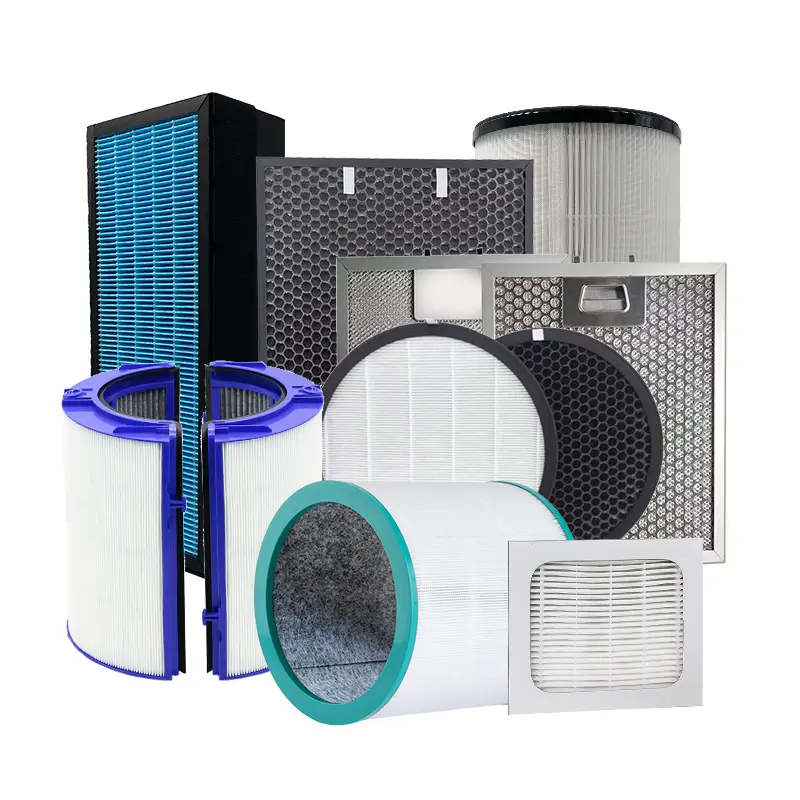
Why HisoAir Air Purifiers are Ideal for Your Kitchen
HisoAir air purifiers are engineered with a multi-stage filtration system that makes them exceptionally effective at combating cooking odors and enhancing your home's air quality. Our purifiers typically feature:
- True HEPA Filtration: Capturing 99.97% of airborne particles as small as 0.3 microns, including cooking smoke, grease particles, and other allergens.
- High-Efficiency Activated Carbon Filters: Specifically designed to adsorb a wide range of gaseous pollutants, including VOCs from cooking, pet odors, and household chemicals. Our generous carbon filter capacity ensures long-lasting odor removal performance.
- Powerful Airflow (CADR): Clean Air Delivery Rate (CADR) indicates how quickly an air purifier cleans a room. HisoAir purifiers boast high CADR ratings, meaning they can rapidly circulate and purify the air in your kitchen, quickly eliminating even the most stubborn cooking smells. When choosing an air purifier for your kitchen, consider the room size and select a model with an appropriate CADR to ensure efficient odor removal.
- Smart Features: Many HisoAir models come with smart features like automatic mode (which adjusts fan speed based on detected air quality), quiet operation, and compact designs that blend seamlessly into your kitchen environment.
By integrating a HisoAir air purifier into your kitchen, you're not just masking odors; you're actively removing the airborne pollutants that cause them, creating a healthier and more pleasant living space. While we believe in the superior performance of HisoAir products, it's important to understand that they are part of a holistic approach to air quality. Combining the power of a HisoAir purifier with diligent DIY practices will yield the best results.
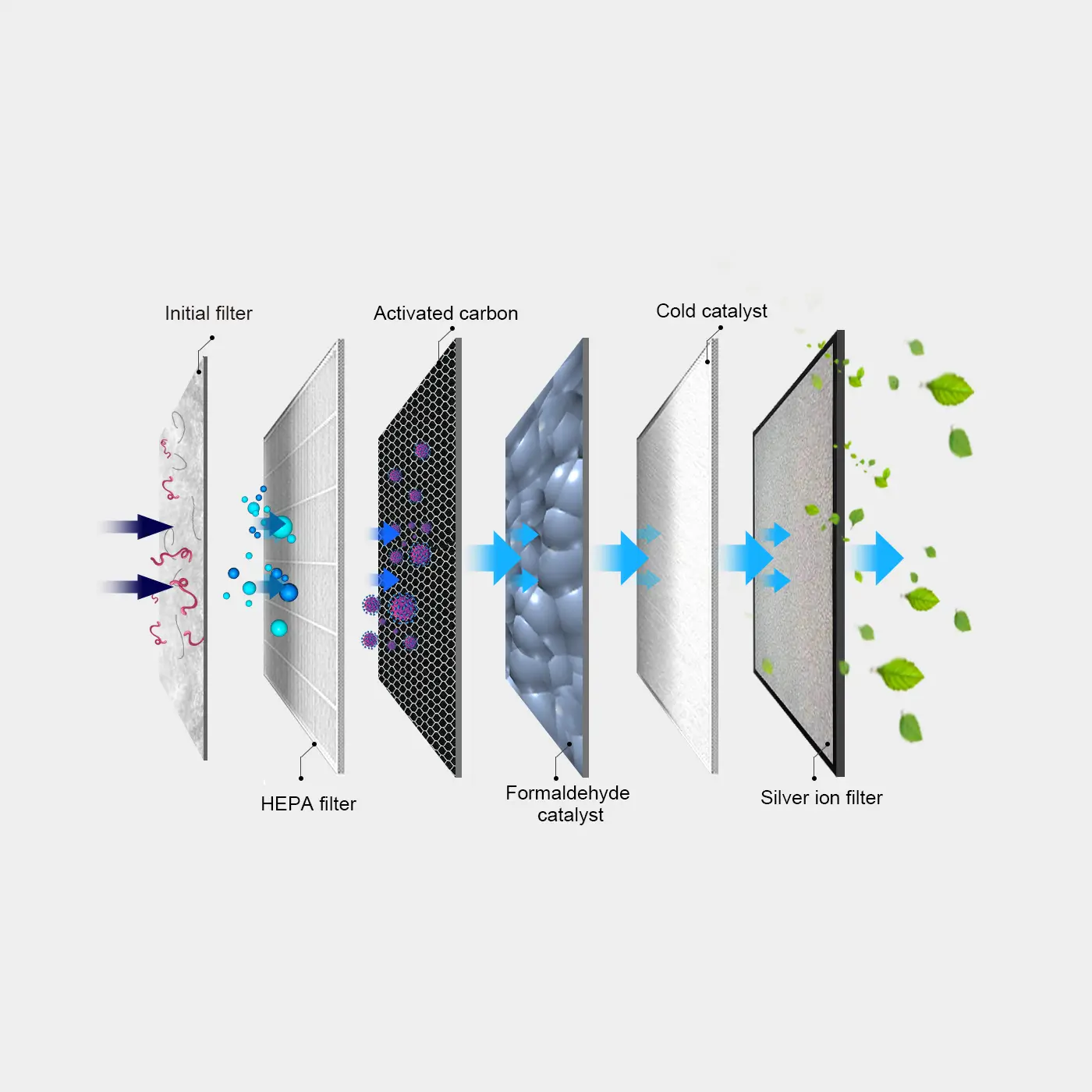
Air Purifier vs. Extract Fan: Understanding the Difference
It's important to understand that while both air purifiers and extract fans contribute to better air quality, they serve different primary functions, especially when it comes to cooking smells. They are complementary tools, not substitutes.
- Extract Fans (Range Hoods): These devices are designed for ventilation. They physically remove air from a space and expel it outside, along with airborne contaminants like smoke, grease, and some odors. They are highly effective at preventing the initial buildup of cooking fumes and heat. However, once odors have dispersed throughout the kitchen or beyond, an extract fan may not be sufficient to remove them entirely, as they only move air out, not necessarily filter it within the room.
- Air Purifiers: These devices are designed for filtration. They continuously circulate and clean the air within a closed space by removing particles and gaseous pollutants. They do not vent air outside. Air purifiers are excellent for capturing lingering odors, fine particulate matter that escapes the range hood, and improving overall indoor air quality by removing allergens, dust, and other airborne irritants. They are particularly effective at addressing odors that have already permeated the air and settled on surfaces.
In essence: Use your extract fan during cooking to prevent initial odor buildup and remove heat. Use an air purifier during and after cooking to capture any remaining odors, fine particles, and to continuously refresh the air in your kitchen and adjacent living areas. For optimal results, use both in conjunction.
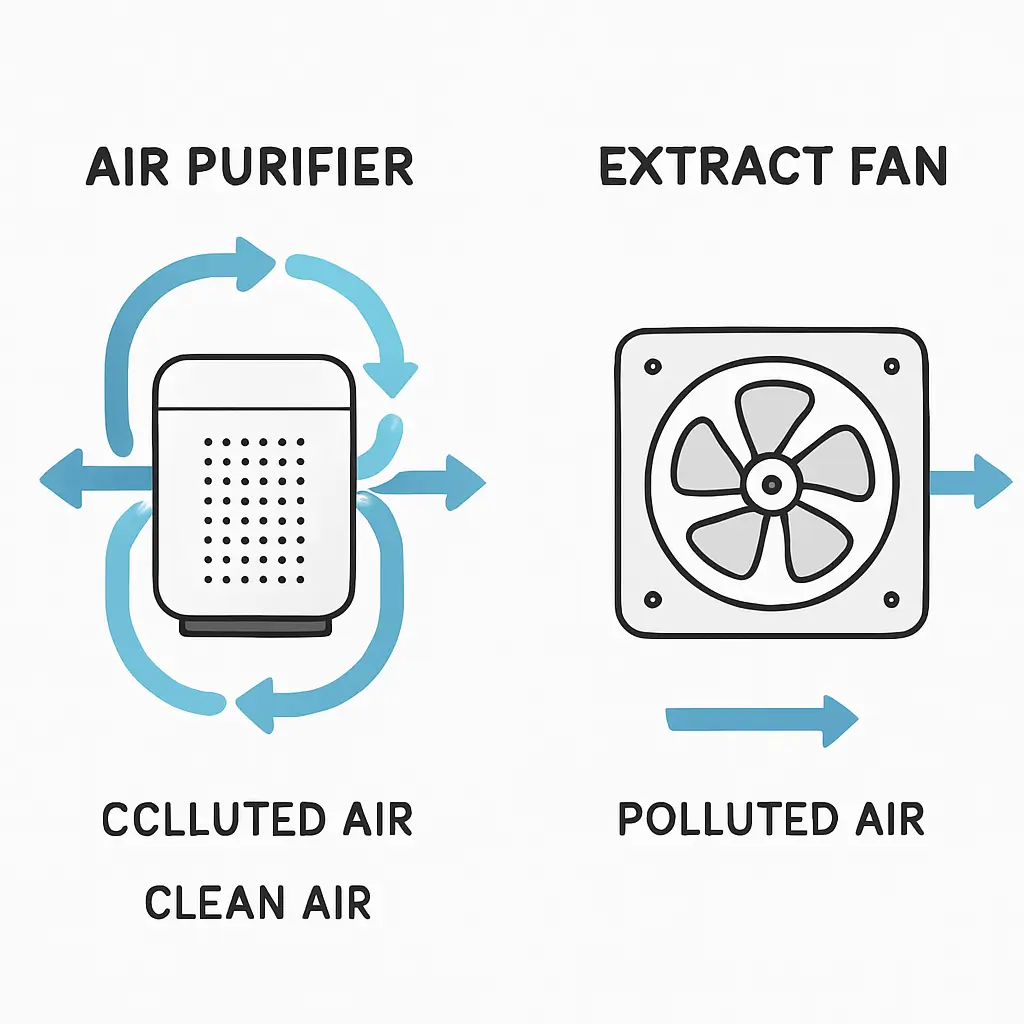
Preventing Cooking Smells: Proactive Measures
While effective removal methods are crucial, preventing cooking smells from permeating your home in the first place is the most ideal scenario. A proactive approach can significantly reduce the effort required for post-cooking cleanup and odor elimination.
- Ventilate Before and During Cooking: As mentioned earlier, turn on your range hood or open windows before you even start cooking, especially when preparing strong-smelling foods. This creates an immediate airflow that helps to draw out odors as they are produced, preventing them from settling.
- Use Lids on Pots and Pans: Covering your pots and pans with lids whenever possible helps to contain steam, odors, and grease splatters. This simple act can dramatically reduce the amount of airborne particles and gases released into your kitchen.
- Clean as You Go: Don't wait until all the cooking is done to start cleaning. Wipe up spills, splatters, and crumbs immediately. This prevents food particles from burning onto hot surfaces or decomposing and releasing odors.
- Dispose of Waste Properly: Immediately dispose of strong-smelling food scraps (e.g., fish bones, onion peels) in a sealed bag and take them outside to your main trash bin. Don't let them sit in your kitchen trash can, even for a short period.
- Maintain Your Appliances: Regularly clean your oven, microwave, and refrigerator. Spills and food residue in these appliances can become a source of persistent odors. A clean oven, for instance, prevents burnt food smells during subsequent cooking sessions.
- Consider an Air Purifier During Cooking: Running your HisoAir air purifier during cooking, even for less odorous meals, can proactively capture airborne particles and VOCs, contributing to a consistently fresh kitchen environment.
By adopting these preventive measures, you can significantly minimize the impact of cooking smells on your home, making the post-meal cleanup much easier and ensuring a more pleasant living space.
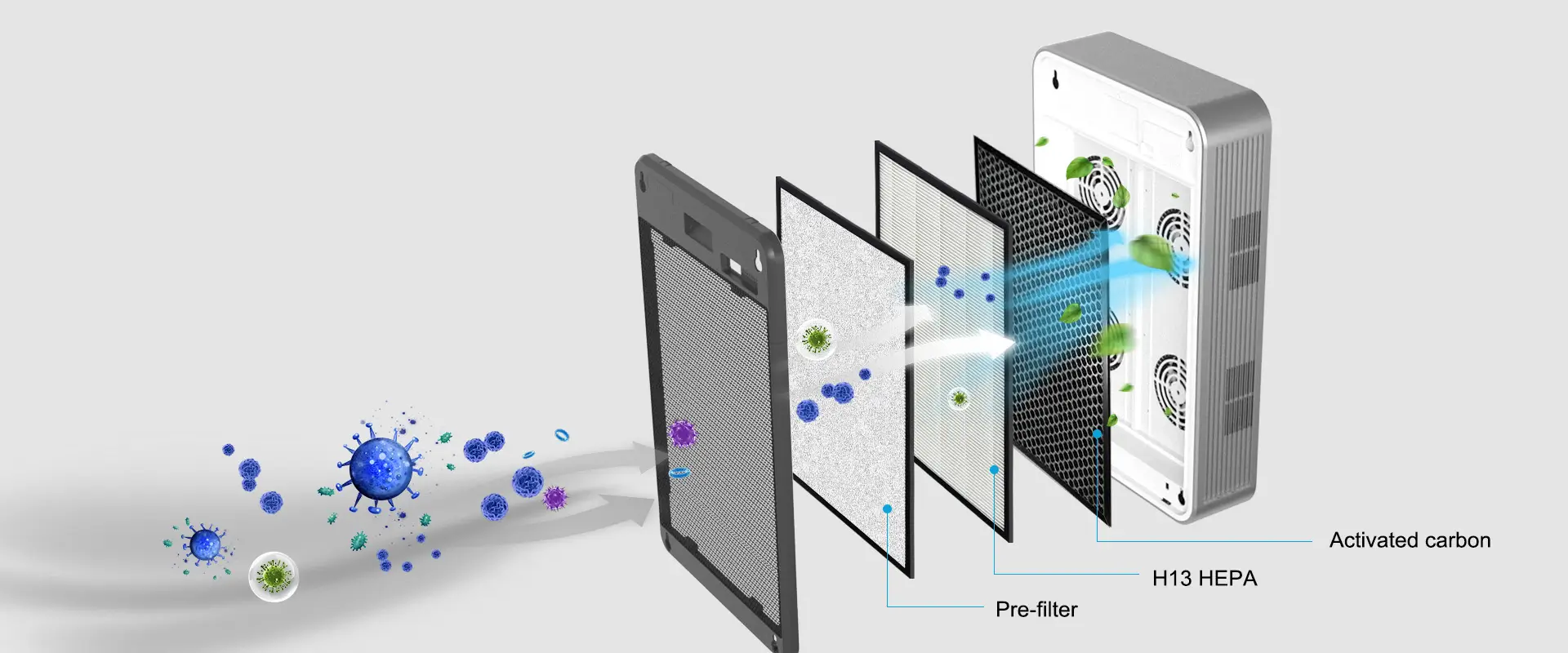
Frequently Asked Questions (FAQs) About Cooking Smells
Here are some common questions people ask about cooking smells and their solutions:
Q: Why do cooking smells linger for so long?
A: Cooking smells linger because the volatile organic compounds (VOCs) and particulate matter released during cooking can settle on surfaces like walls, fabrics, and furniture. These materials absorb the odor molecules, releasing them slowly over time. Without proper ventilation and cleaning, these odors can persist for days or even weeks.
Q: Can cooking smells be harmful to my health?
A: While the occasional cooking smell is generally harmless, prolonged exposure to high concentrations of cooking fumes, especially from frying or charring, can be detrimental to health. Cooking releases particulate matter (PM2.5), which can penetrate deep into the lungs and cause respiratory issues, aggravate asthma, and contribute to cardiovascular problems. VOCs can also cause eye, nose, and throat irritation, headaches, and nausea. An air purifier with a HEPA and activated carbon filter can help mitigate these risks by removing these pollutants from the air.
Q: Do air fresheners or candles really get rid of cooking smells?
A: Air fresheners and candles typically only mask cooking smells by releasing stronger, more pleasant fragrances. They do not remove the odor-causing molecules from the air. In some cases, combining these masking agents with existing odors can create an even more unpleasant scent. For true odor elimination, you need solutions that either remove the source of the odor or neutralize the odor molecules, such as ventilation, cleaning, or air purification.
Q: How often should I clean my kitchen to prevent cooking smells?
A: Ideally, you should clean as you go during cooking and perform a thorough cleanup immediately after each meal. This includes wiping down surfaces, washing dishes, and disposing of food waste. A deeper clean, including cleaning your range hood filters, oven, and refrigerator, should be done regularly, perhaps weekly or bi-weekly, depending on your cooking habits.
Q: Can I use an air purifier in a small kitchen?
A: Yes, air purifiers are highly effective in small kitchens. In fact, a smaller space might even benefit more from an air purifier as odors can become concentrated quickly. When choosing an air purifier for a small kitchen, ensure its CADR (Clean Air Delivery Rate) is appropriate for the room size to ensure efficient air changes.
Q: Is industrial carbon necessary for tough smells?
A: For extremely tough or persistent smells, a high-quality activated carbon filter with a substantial amount of carbon is indeed crucial. While standard activated carbon filters are effective for most cooking odors, industrial-grade carbon, often found in larger, more powerful air purifiers, offers a greater capacity for adsorption and can handle more intense and stubborn odors. HisoAir purifiers are designed with robust activated carbon filters to address a wide range of kitchen odors effectively.

Conclusion
Eliminating cooking smells from your home doesn't have to be a daunting task. By combining diligent DIY practices with the advanced technology of HisoAir air purifiers, you can create a kitchen and home environment that is consistently fresh, clean, and inviting. Remember to prioritize ventilation during cooking, utilize natural odor absorbers, clean as you go, and consider the continuous air purification benefits offered by HisoAir. With these smart solutions, you can enjoy the art of cooking without the lingering aftermath, ensuring your home always smells as good as your meals taste.
References
[1] Allrecipes. (2024, April 5). 10 Ways to Get Rid of Cooking Smells. Retrieved from https://www.allrecipes.com/article/how-to-get-rid-of-cooking-smells/
[2] Molekule. (2022, December 8). How to Get Rid of Cooking Smells in Your House. Retrieved from https://molekule.com/blogs/all/how-to-get-rid-of-cooking-smells-in-your-house
[3] The Spruce. (n.d.). How to Get Burnt Smells Out of Your House—Fast. Retrieved from https://www.thespruce.com/how-to-get-burnt-smell-out-of-house-8413869
[4] Rabbit Air. (n.d.). How to Get Rid of Food Smell in the House Quickly and Safely. Retrieved from https://www.rabbitair.com/blogs/air-purifier/how-to-get-rid-of-food-smell-in-the-house-quickly-and-safely



